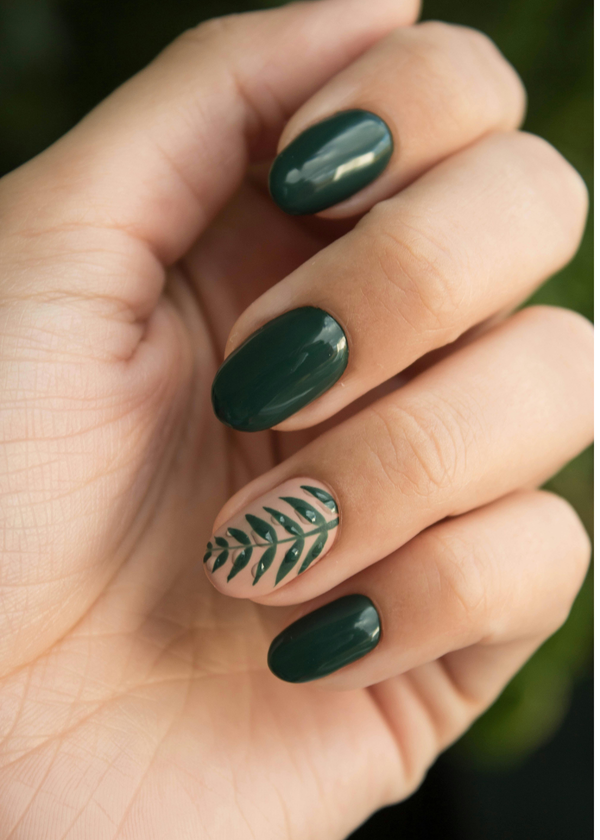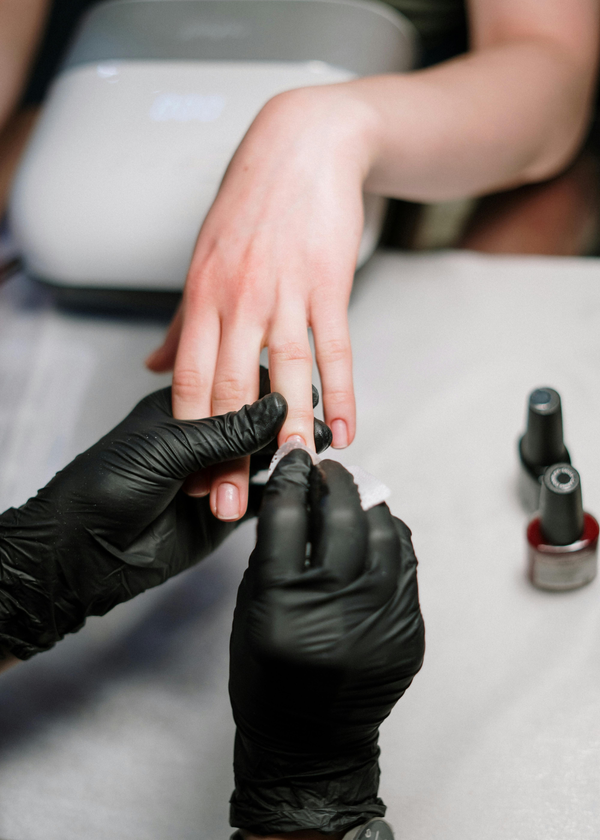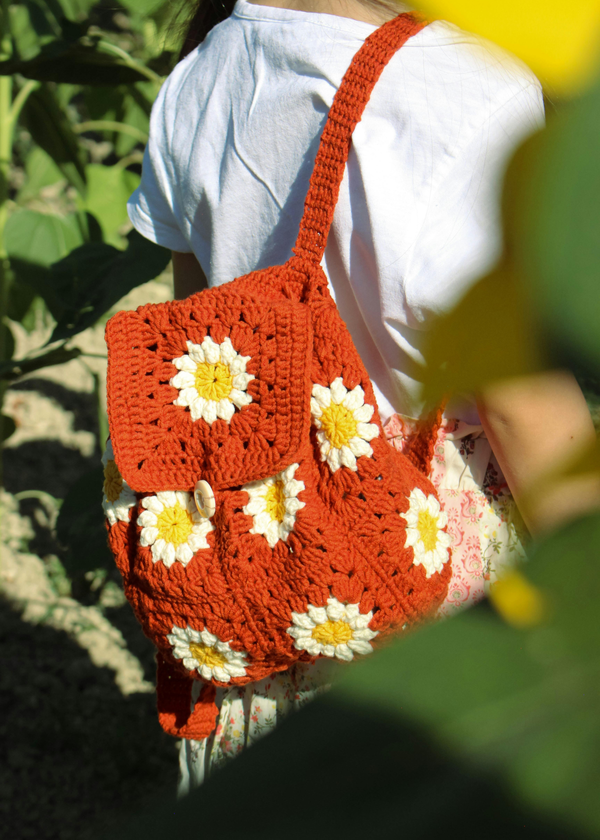Jewelry is an accessory that many of us don't want to part with, even when we come into contact with water. Whether you're swimming, showering, or caught in the rain, it's important to know: how can you tell if jewelry is waterproof? This article will dive into the depths of waterproof jewelry, providing you with the knowledge to keep your precious pieces safe from water damage.
The Myth of Waterproof Jewelry
Let's start by busting a common misconception: most jewelry is not completely waterproof. The term "waterproof" suggests that a piece of jewelry can be submerged in water indefinitely without any harm. However, the reality is that many jewelry pieces are at best water-resistant, meaning they can handle some exposure to water but not continuous immersion.
Understanding Water Resistance in Jewelry
Water-resistant jewelry can withstand occasional splashes of water, like washing your hands or a light rain. But when it comes to activities like swimming in a pool or soaking in hot tubs, even water-resistant pieces may suffer. The chlorine in pool water and other chemicals found in hot tubs can be harsh on metals and gemstones, causing corrosion or other damage.
Materials Matter: Metals and Gemstones
When assessing if your jewelry is water-friendly, consider the materials. Stainless steel jewelry, for example, is known for being corrosion resistant and is often touted as a sweat proof jewelry option. Similarly, solid gold and platinum pieces are less likely to react with water and other substances, making them a safer choice for everyday wear.
The Lowdown on Sterling Silver and Gold Plated Jewelry
Sterling silver jewelry can be water resistant, but silver reacts with sulfur compounds in tap water, leading to tarnishing. Gold plated jewelry, while offering more shine, has a layer of gold plating that can wear off over time, especially with continuous exposure to water. For these reasons, they may not be the best choice for waterproof jewelry.
Stainless Steel Pieces: A Reliable Option
Stainless steel pieces are a great alternative for those seeking water-resistant jewelry. This material is not only tarnish resistant but also durable for longer period use. Stainless steel jewelry can handle fresh water quite well, but it's still advisable to dry it with a soft cloth after exposure.
Pure Gold: The Gold Standard
Pure gold, or solid gold, is another excellent choice for water-resistant jewelry. Gold pieces do not tarnish and are less reactive to other chemicals found in water. However, it's important to note that not all gems set in gold are as forgiving. Natural gemstones and diamonds gradually lose their luster with repeated water exposure.
The Durability of Waterproof Necklaces
When considering jewelry waterproof capabilities, necklaces often come into the spotlight. A necklace, being a prominent piece of jewelry, is frequently exposed to various elements, including water. Waterproof necklaces are typically made from materials that can withstand exposure to moisture without tarnishing or corroding. For instance, necklaces crafted from high-grade stainless steel or certain types of treated metals can maintain their luster and integrity even after being submerged in water. This makes them ideal for those who don't want the hassle of removing their jewelry before taking a shower or diving into a swimming pool.
However, it's important to note that even waterproof materials can gradually lose their resistance over time due to wear and tear or exposure to harsh chemicals found in pools and oceans. To preserve the durability of waterproof necklaces, it's crucial to rinse them with fresh water after swimming and to avoid contact with substances like chlorine or salt, which can accelerate the degradation process. By understanding the limitations and care requirements of waterproof necklaces, wearers can enjoy their favorite pieces for years to come without worrying about water damage.
The Impact of Chlorinated Water on Jewelry
When discussing the durability of jewelry in water, it's crucial to consider the effects of chlorinated pools and hot tubs. Chlorine, a harsh chemical commonly used to keep pools clean, can be a silent adversary for your favorite pieces. Over time, jewelry that is exposed to chlorinated water gradually loses its luster and integrity. The chemical reactions can lead to discoloration, weakening of metal components, and even damage to delicate gem settings. It's not just about whether your jewelry is waterproof; it's also about how resistant it is to chemical exposure.
For those who love to accessorize at the poolside, it's wise to opt for jewelry made from materials that can withstand these conditions. Metals like high-grade stainless steel, titanium, and platinum are less likely to react with chlorine. However, even these can suffer over time if the exposure is frequent. It's best to remove any jewelry before taking a dip in chlorinated water to preserve its beauty and structure. Remember, prevention is better than cure when it comes to maintaining the allure of your cherished adornments.
Jewelry's Battle Against Saltwater
Saltwater presents another formidable challenge for jewelry enthusiasts. The ocean's salty embrace is corrosive, and over time, it can wreak havoc on your jewelry. Pieces that come into contact with saltwater may gradually lose their original appearance, as salt can eat away at both the metal and the shine. This is particularly true for plated jewelry, which can deteriorate quickly under the abrasive influence of salt. The plating may flake or chip, exposing the base metal and leading to further corrosion.
It's not just the metal that's at risk; gemstones too can suffer from saltwater exposure. Certain stones may become dull or pitted, and settings may loosen as the metal corrodes, increasing the risk of losing precious stones. To keep your jewelry in pristine condition, it's advisable to leave it safely at home before heading to the beach. If you must wear jewelry, make sure it's made of materials that can endure the harshness of the sea, such as those mentioned earlier, and always rinse it with fresh water after exposure to saltwater.
The Evolution of Waterproof Earrings and Other Jewelry
Waterproof earrings and other jewelry pieces have evolved significantly over the years. Advances in material science and jewelry design have led to the creation of earrings that can be worn during water-related activities without the fear of damage. These earrings are often made from waterproof materials such as silicone, certain plastics, or metals like titanium, which are not only water-resistant but also hypoallergenic. This innovation is a boon for individuals with sensitive ears who are looking for stylish options that won't cause irritation or tarnish after exposure to moisture.
In addition to earrings, other jewelry items such as bracelets and anklets have also seen advancements in waterproofing. Designers are increasingly using materials that can endure the rigors of daily exposure to water, making it possible for jewelry enthusiasts to accessorize without limitations. Whether it's a day at the beach or a workout session, these waterproof jewelry pieces provide the perfect combination of fashion and function. As the demand for versatile and durable jewelry grows, we can expect to see even more innovative solutions that allow wearers to express their style in any setting, including the swimming pool or the sea.
The Case of Metal Plating
Metal plating, such as gold plating over other metals, can offer an initial level of water resistance. However, the plating can wear away over time, exposing the base metal, which may not be as water resistant. This is particularly true for gold plated jewelry, which may require re-plating to maintain its water-resistant properties.
Fine Jewelry and Water: A Risky Combination
Fine jewelry often features delicate designs and natural gemstones that are not designed to withstand the rigors of water exposure. While some fine jewelry may be made of water-resistant materials, the intricate settings and softer stones like pearls can be damaged by water and other alkaline media.
Jewelry Making and Waterproofing
In the realm of jewelry making, creating waterproof jewelry is a challenge. Most jewelry is designed for beauty and style, with less emphasis on waterproof capabilities. Jewelry waterproofing often involves selecting the right materials and avoiding intricate designs that can trap moisture and lead to damage.
The Role of Proper Care
Proper care is essential for maintaining the water-resistant qualities of your jewelry. After exposure to water, gently patting jewelry pieces dry with a soft cloth can prevent water spots and reduce the risk of corrosion. For jewelry that is not water resistant, it's best to remove it before any water activities.
Identifying Waterproof Rings and Earrings
Waterproof rings and earrings are typically made from materials like stainless steel, solid gold, or platinum. These items can handle the occasional splash, but even waterproof steel jewelry should be dried off after exposure to ensure longevity.
Sensitive Skin and Water Exposure
For those with sensitive skin, it's important to choose the right jewelry for water exposure. Corrosion resistant materials like platinum and certain stainless steel pieces can prevent skin irritation and are less likely to be affected by water.
FAQs
Q: Can I wear my sterling silver jewelry in the shower?
A: Sterling silver is water resistant to a degree, but it's not advisable to wear it in the shower regularly. The silver can tarnish when exposed to harsh chemicals and continuous moisture.
Q: How do I maintain my gold plated jewelry's water resistance?
A: To maintain the water resistance of gold plated jewelry, avoid prolonged exposure to water and chemicals. If it does get wet, dry it promptly with a soft cloth and consider re-plating it periodically.
Q: Are there any gemstones that are waterproof?
A: While no gemstones are completely waterproof, some like diamonds and sapphires are more water resistant. However, continuous exposure to water can still affect their setting and luster, so it's best to be cautious.
Summary
In conclusion, while the quest for completely waterproof jewelry may be elusive, understanding the materials and proper care can help you identify pieces that are more water-friendly. Remember that water resistance varies by material, and even the most durable pieces require some maintenance to keep them looking their best.








